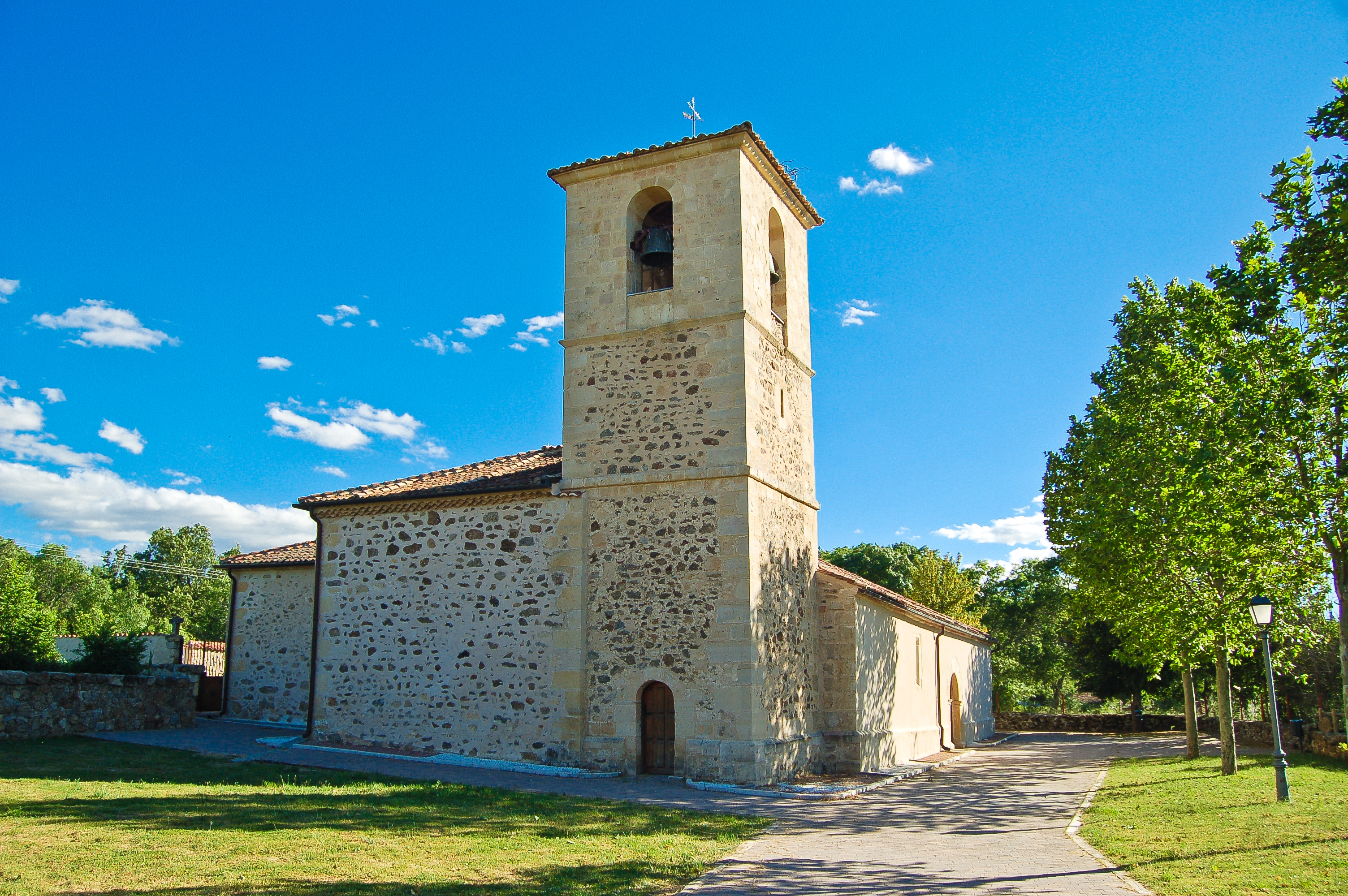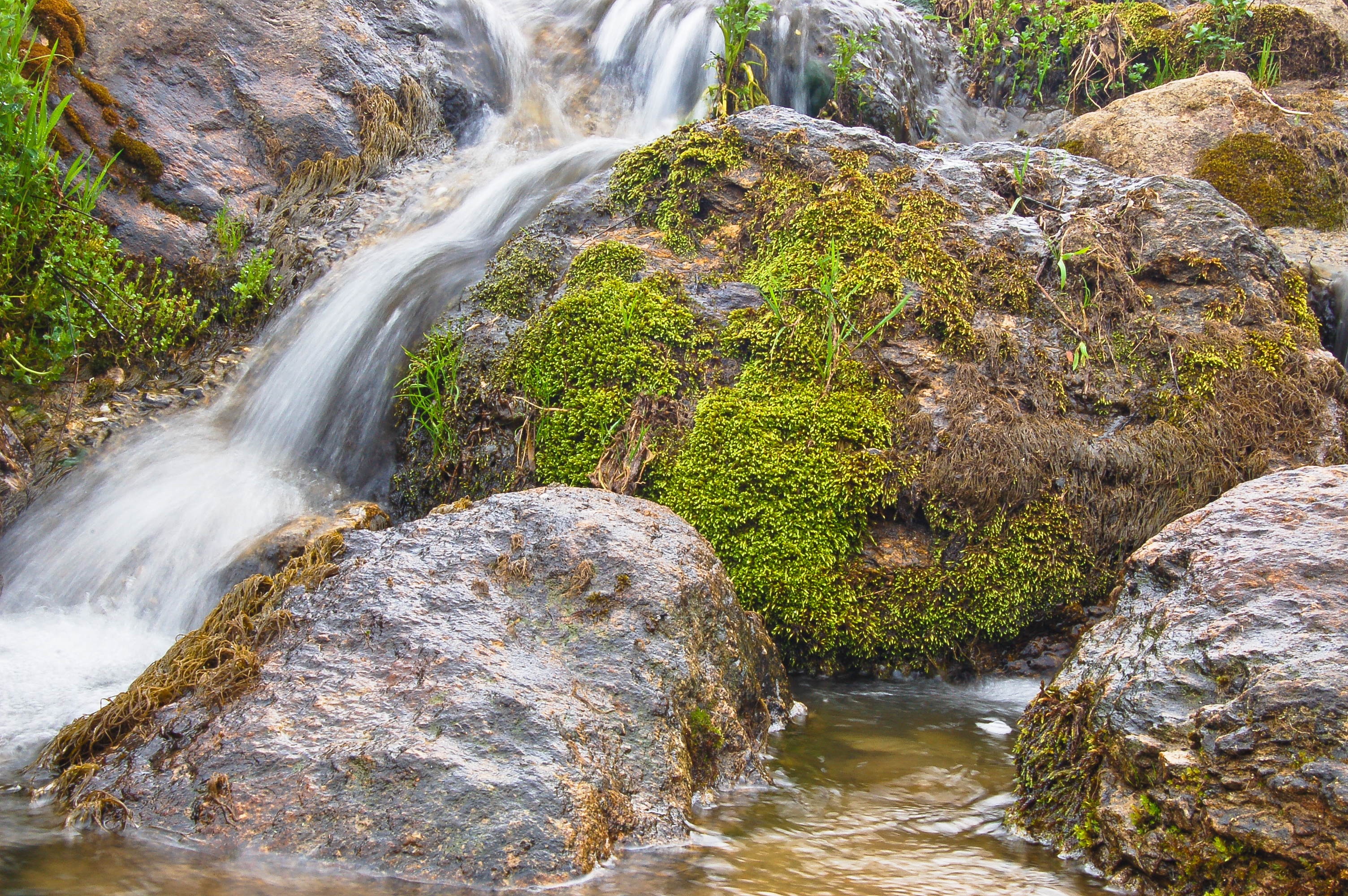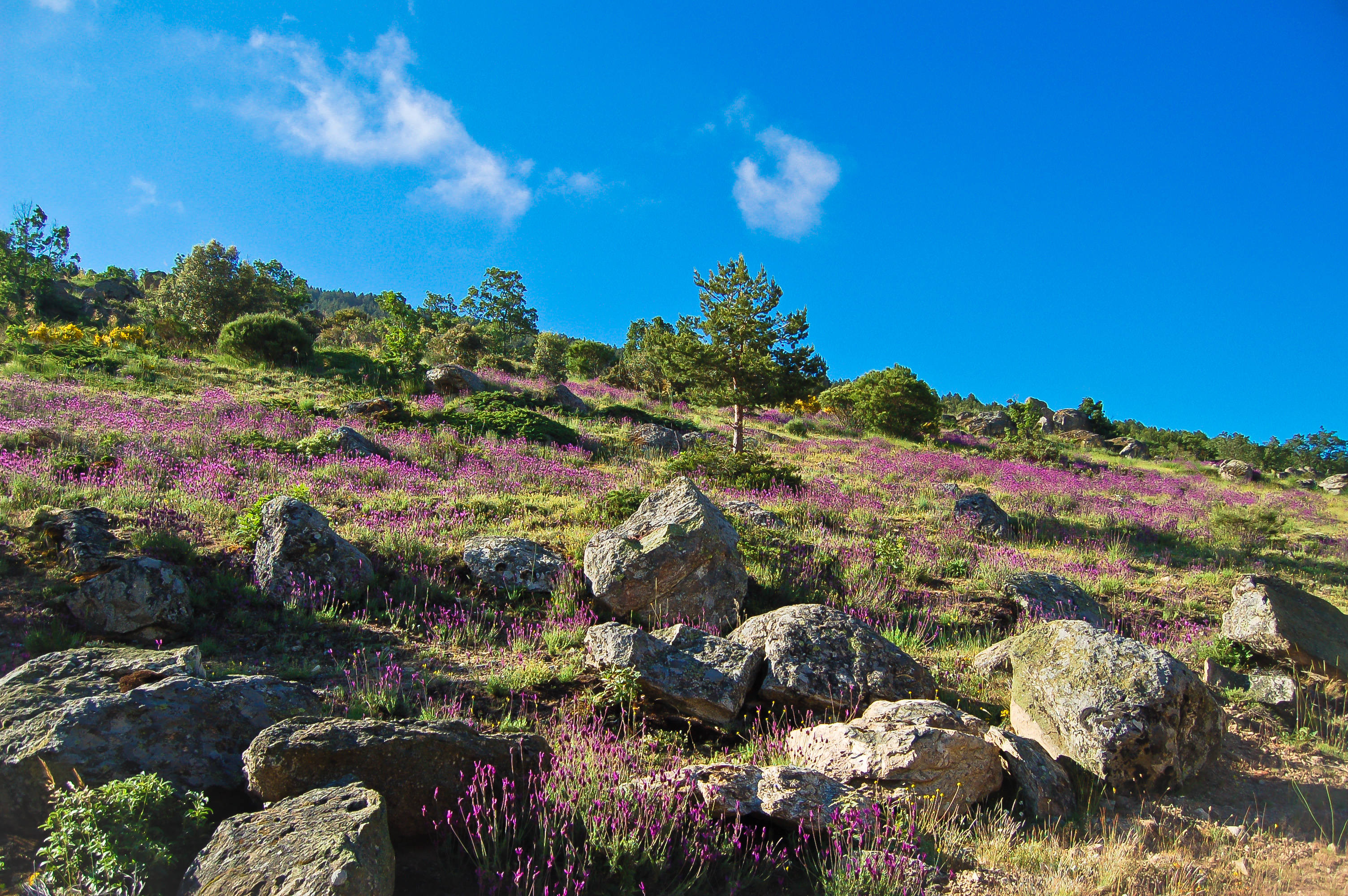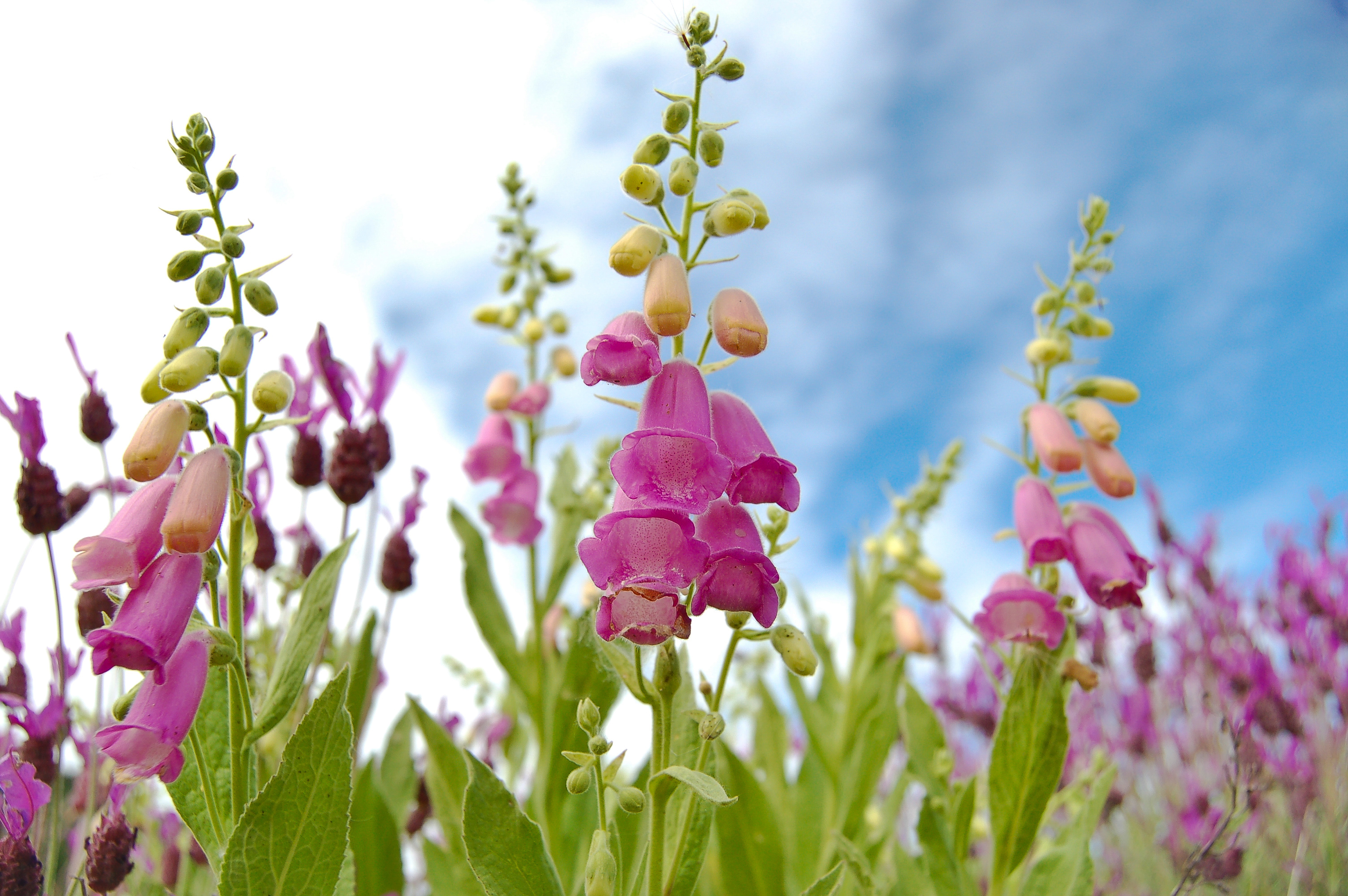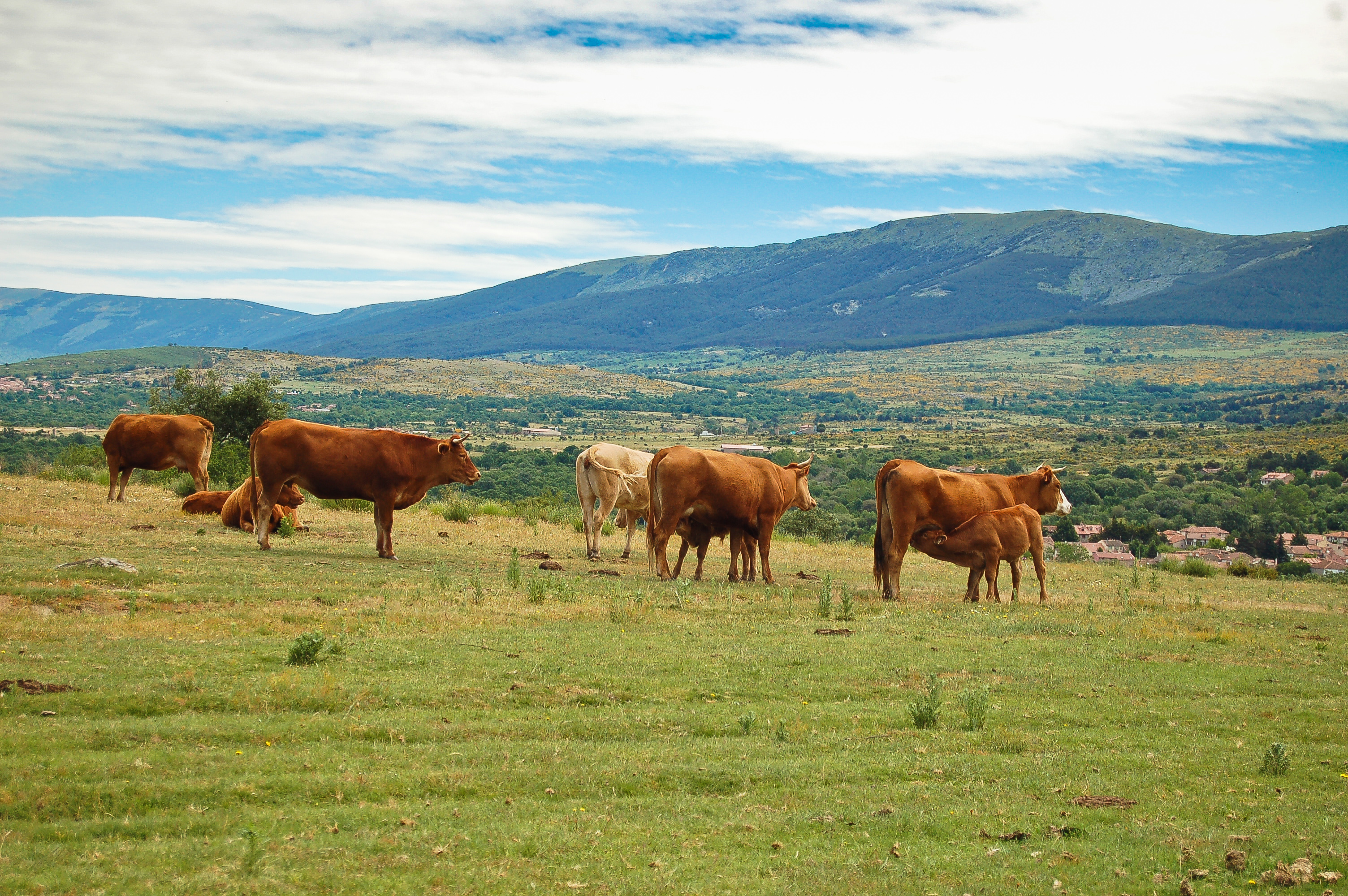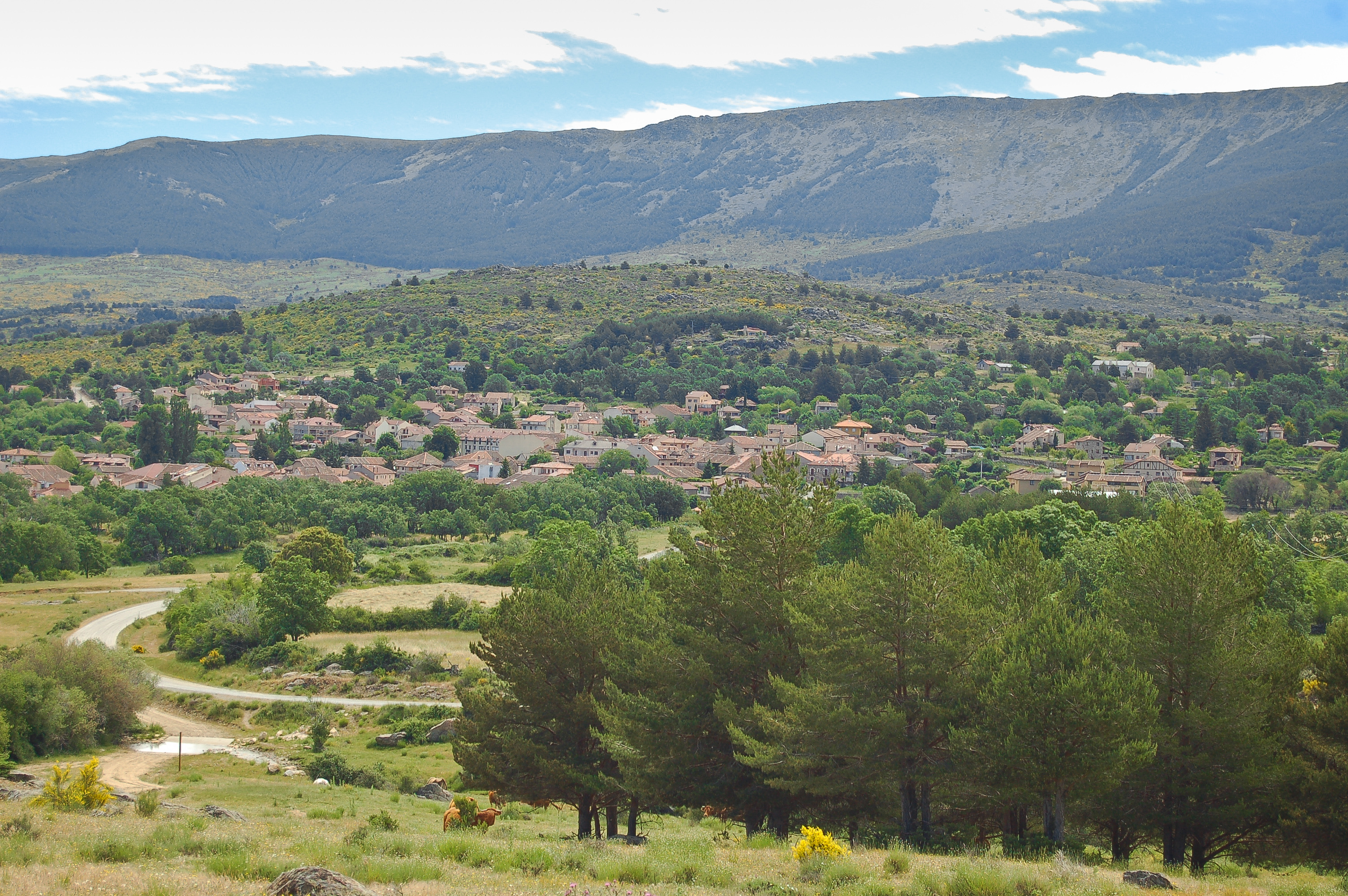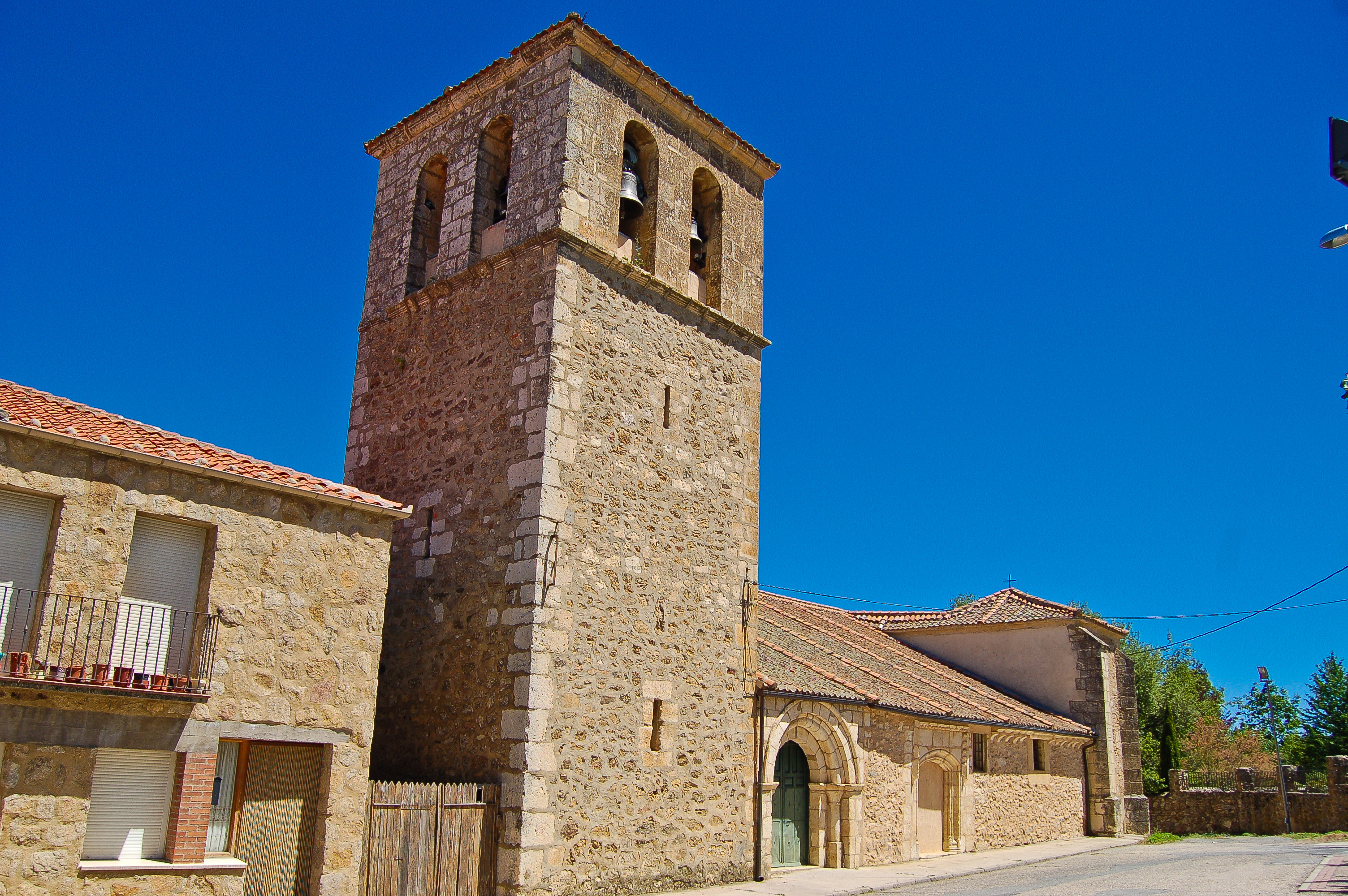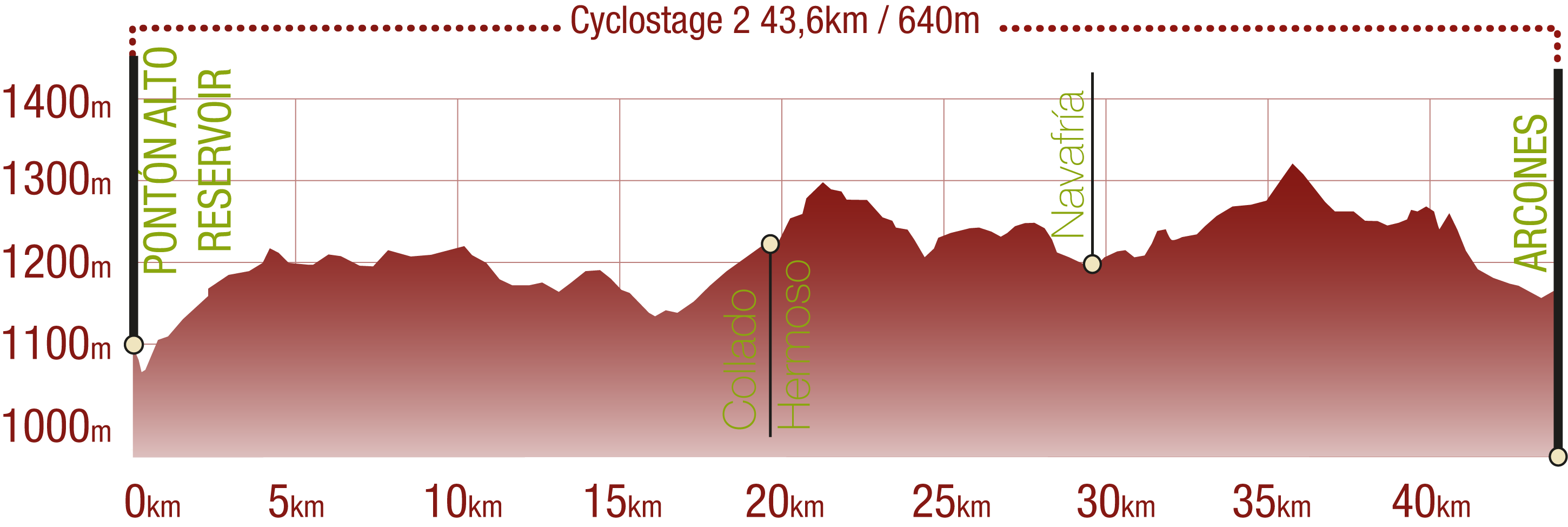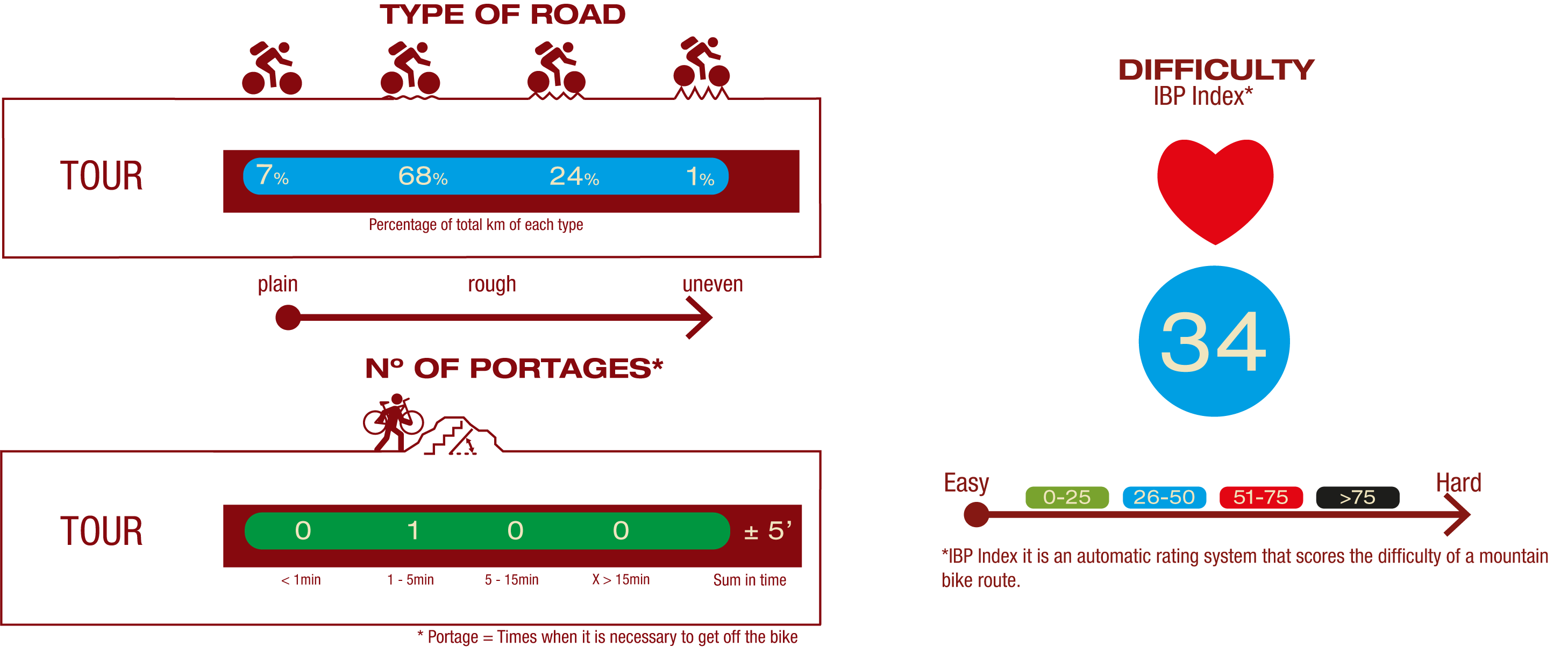- Home
- Rural Development
- Nature Trails
- Nature Trails
- Central Sector
- Cañada Real Soriana Occidental
Stage 4: Collado Hermoso-Navafría
Description

At the foothill of the mountain range, enjoying Sierra de Guadarrama Natural Park.
A short stage that runs along the foot of the Sierra de Guadarrama, which allows to enjoy the landscapes of the Sierra de Guadarrama Natural Park, which starts at the town of Collado Hermoso. The route runs along the Cañada Real Soriana Occidental drover's way until reaching the town of La Salceda and, at the other side of the road N-110, Torre Val de San Pedro, before ending in Navafría. In spring, and explosion of colours and smells cover the hills where cattle and horses graze on their high-quality pastures. The stage ends on a high note in the natural pool of Navafría.
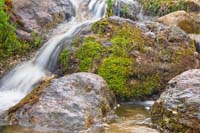
The fourth stage of the Cañada Real Soriana Occidental Nature Trial runs for a little below 10 km the towns of Collado Hermoso y Navafría, both in the province of Segovia. A few metres after the starting point, the trails turns right at a cross in carved granite. Just behind this cross, a perfectly preserved shoeing crush marks the way to go.
The asphalt road ends at the bridge that crosses the Abajo river; after this point, the trail becomes a dirt path that goes up and then left before running down to the point where kilometre point 62 stands.
Then, for one kilometre, the trail goes uphill and downhill and offers spectacular views of the mountains. The traveller finds a gate a few metres after passing this milestone and then goes straight at mid-slope until reaching a creek, from which the small village of La Salceda can be seen.
The Cañada Real Soriana Occidental drover's way continues among rich pastures, crosses a gate in kilometre point 65 and starts going down to road N-110.
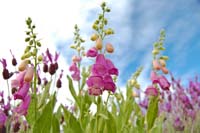
At this point, the trail turns right and the road becomes an asphalt road for a few metres, along the tracing of the old road and advancing parallel to it and slightly uphill. To the right of the road lies a forest dominated by Scots pines (Pinus pinaster) and to the left the towns of Torre Val de San Pedro y Valle de San Pedro can be seen.
The trail goes slightly down, crosses a new gate and shortly afterwards leaves behind kilometre point 68 to finally steer away from road N-110. In spring, the variety of flower species is huge. Aromatic and pretty flowers such as Spanish foxglove (Digitalis thapsi) are especially significant.
After crossing a new creek and a section in which the trail goes uphill and downhill, the trail crosses a gate and leaves behind kilometre point 69. From that point, the trail goes down to Navafría, the town where this stage ends.
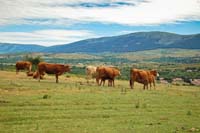
The traveller, quietly observed by cattle and sheep, zigzags down the slope and after crossing the Peña Lobanto creek by a cement pass, takes a very wide dirt path, which goes slightly down towards the town of Navafría.
The stage ends at the natural pool of Navafría, fed by the water of the river Cega, and shortly afterwards the information panel that marks the end of this short fourth stage between Collado Hermoso y Navafría can be found.
Map
Puntos de Interés
Cultura
Profile
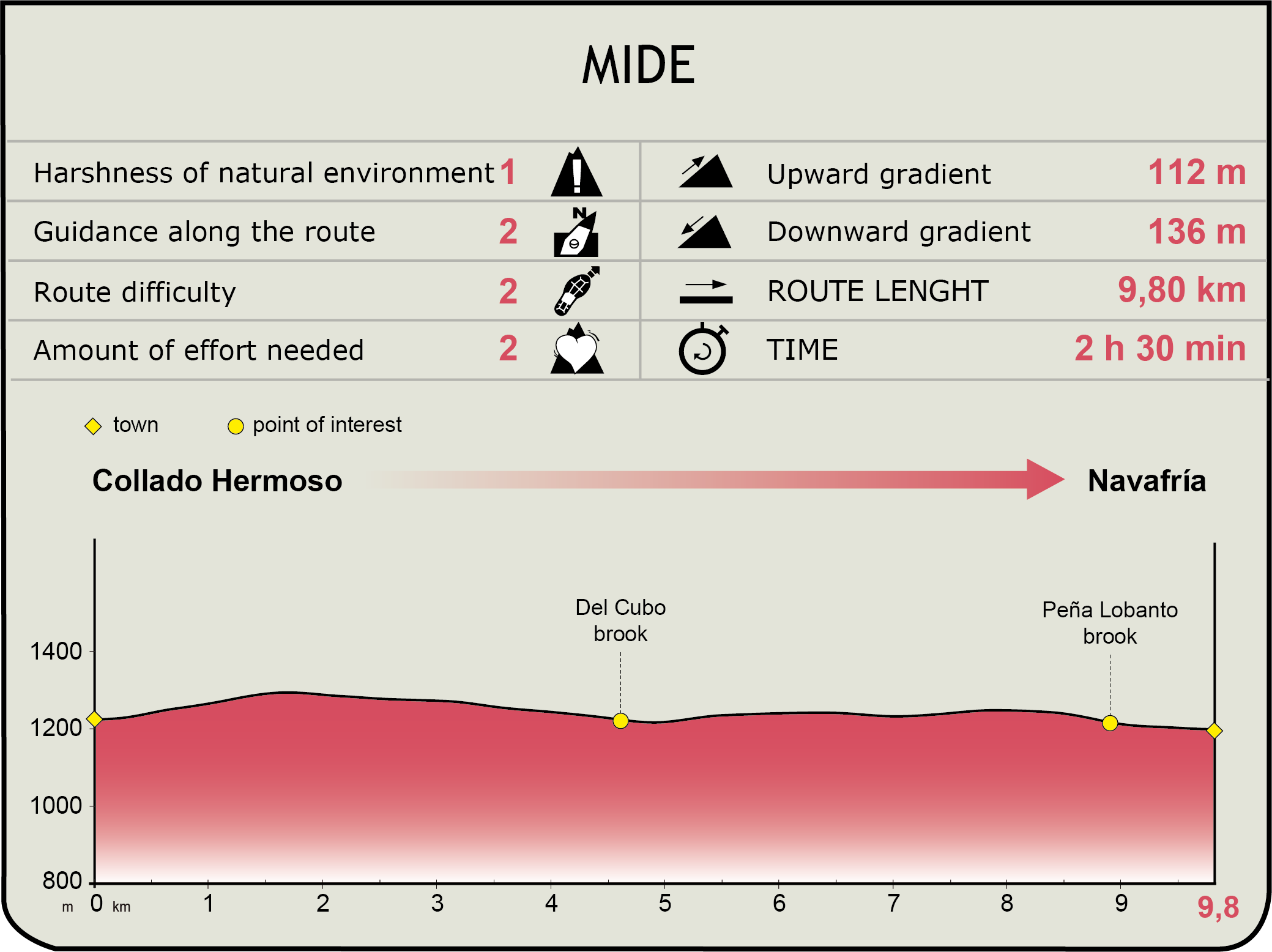
MIDE (Method for the Information of Excursions)
Featured
Further information
Navafría
Town in the province of Segovia located at the foot of Sierra de Guadarama. The church of San Lorenzo, originally built in Romanesque style and renovated in the 16th century, evidences that at the time when it was erected Navafría was already a well-established settlement. The town can boast a great natural wealth, since a large part of its municipality is the Woodland of Public Benefit no. 198 "Pine Woods of Navafría", which is a inexhaustible source of timber resources thanks to the land reorganization project which was carried out at the end of the 19th century. The whole municipality constitutes a protected territory. Its southern edge belongs to the Sierra de Guadarrama National Park and the rest of the municipality is included in the Sierra Norte de Guadarrama Natural Park. The municipality lies by the course of the river Cega and its holds strikingly beautiful landscapes. This river feeds the natural pool located at the entrance of the town. Local festivities are held on 20 January, 2 July and 10 August, and honour, respectively, San Sebastián, Santa Isabel, and San Lorenzo.
Collado Hermoso
This town in the province of Segovia with a livestock farming tradition, is crossed by the Cañada Real Soriana Occidental drover's way. Little is known about its history before it was established as a village by the Bishop of Segovia en 1116. It is even possible that it belonged to the municipality of Sotosalbos before that. Traditionally, its economy was based in livestock farming, mainly in raising cattle for meat, and also in the third sector, which was boosted when the road N-110 by was designed to pass through the middle of the town. Its most noteworthy architectural heritage is the Santa María de la Sierra, built in the 13th century and abandoned in the 18th century, which is has been partially preserved. The San Nicolás de Bari church, built in the 17th century is worth mentioning. The festivities honouring San Nicolás are held on the 6th of December. The patron saint festivities are held on the 22th August and they honour the Virgen de la Salud. The town is located at the foot of the Sierra de Guadarrama and boast a great diversity in terms of fauna and flora.
Multimedia
Downloads
GPS Downloads
Maps
Cyclability
TYPE OF ROAD, PORTAGES & DIFFICULTY
SAFETY RECOMMENDATIONS
- Sections shared with hikers.
- Transit through the centre of some population centres.
- The Nature Trail presents, in stage 3, the crossing of a paved road across a solid line. Although there is enough visibility, extreme caution, and crossing dismounted, is advised.
GENERAL RECOMMENDATIONS
- Find out about the technical aspects of the route and the weather on the day.
- Take care of the environment. Take care not to disturb animals or damage vegetation. Respect private areas.
- You must give priority to pedestrians and comply with general traffic rules.
- The environment in which you will be riding is open, free to move around and an area where many activities are carried out (sporting, forestry, livestock and agricultural activities). Always have an understanding, prudent, responsible and respectful attitude.
